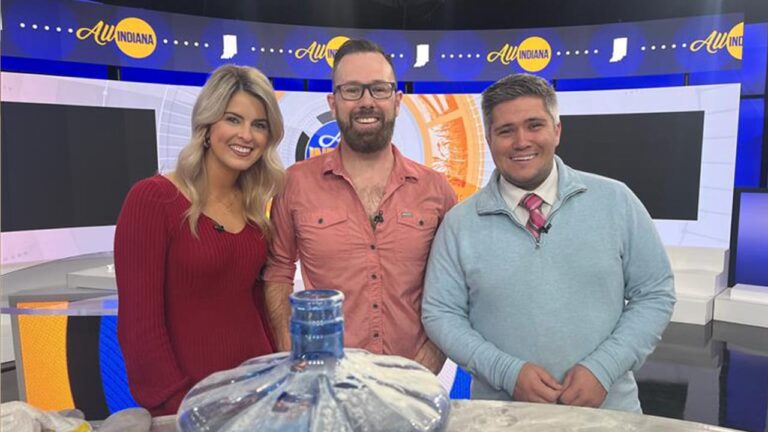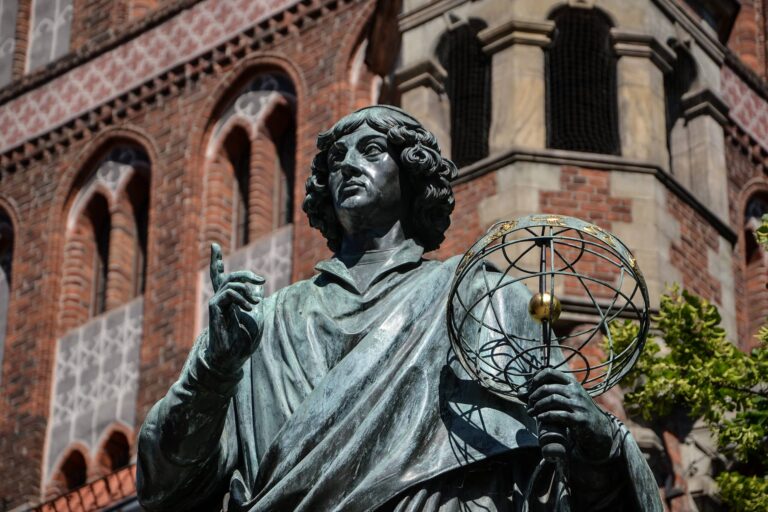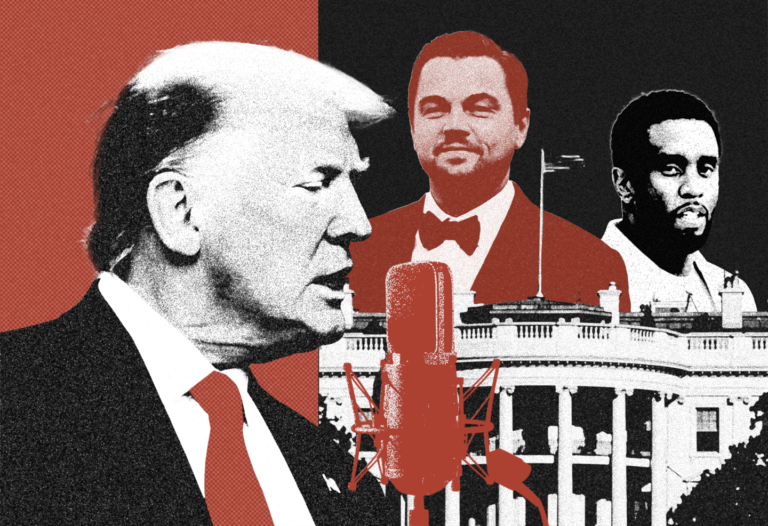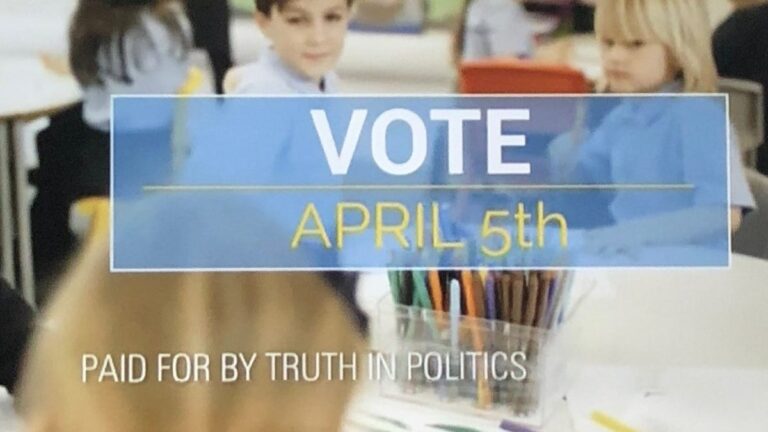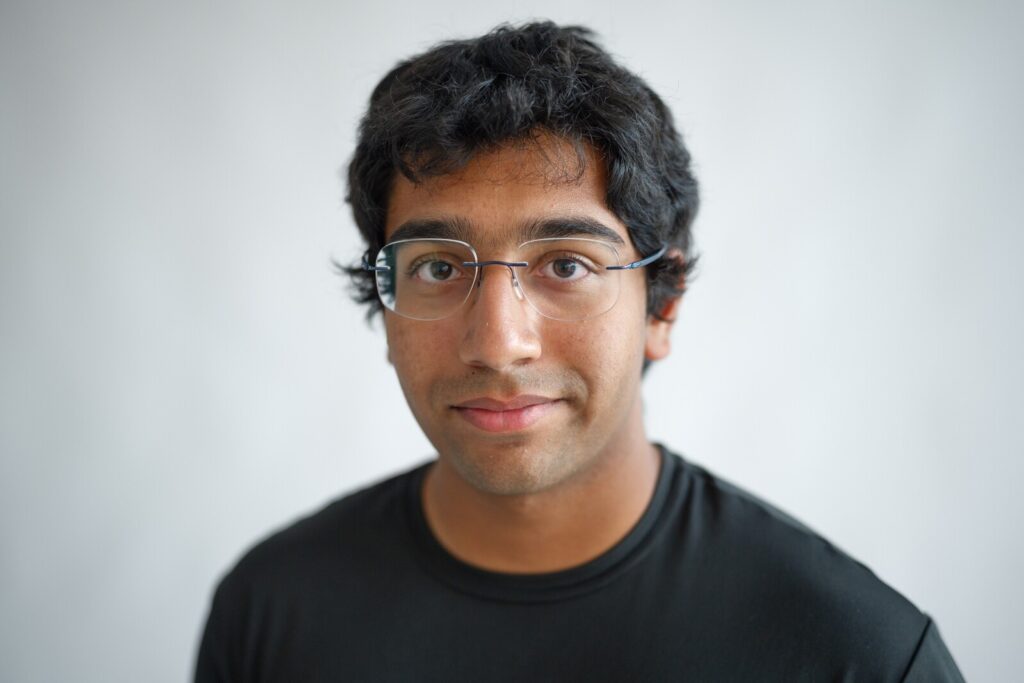
Every year, thousands of students across Minnesota participate in science fairs, showcasing their curiosity, creativity, and innovative thinking.
These events are more than just demonstrations of experiments—they are opportunities to tackle real-world problems, explore scientific concepts, and develop new skills.
From the Rochester Regional STEM Fair to the Minnesota State Science and Engineering Fair (MSSEF), and even the prestigious International Science and Engineering Fair (ISEF), science fairs are a vital part of developing the next generation of scientists and problem solvers.
I began my own science fair journey at the Rochester Regional STEM Fair, a local event that showcases the talent and dedication of students in southeastern Minnesota. Projects range from studying drug resistance in the treatment of multiple myeloma to studying the environmental impacts of plastic pollution and developing sustainable materials. The majority of students receive mentoring from the Science Fair Club, which has chapters at Mayo High School and Willow Creek Middle School, and Oraculi, a nonprofit organization founded by Science Fair alumni that connects students with mentors at Mayo Clinic. A science fair is a place where students can share their ideas and learn from each other while presenting their work to the community.
For students who apply, MSSEF provides an opportunity to compete at the state level, showcasing their projects on a larger stage. While touring the State Fair, you’ll find a variety of innovative ideas. Some students even get the chance to compete internationally at the ISEF, where leading young scientists from around the world come together to present groundbreaking research. In 2025, the ISEF will be held in Columbus, Ohio, from May 10 to 16.
While science fairs are known for their focus on science, technology, engineering, and mathematics (STEM), they also teach basic skills. Through these experiences, students learn how to approach challenges systematically, communicate their ideas effectively, and adapt to setbacks. They develop confidence and gain insight into what it takes to bring ideas to life.
Organizing and supporting science fairs requires significant resources. Funding is needed to cover essentials such as places, prizes and travel expenses for students applying to national and international competitions. Without this support, many students will miss opportunities to pursue their interests and showcase their work.
To help sustain these programs, a fundraising campaign was started this year to support MSSEF. Donations help ensure science fairs remain accessible to students across Minnesota, providing resources and opportunities to nurture young talent. Contributions of any size can make a meaningful difference! My goal is to reach $1,500 by New Year’s Day. If you would like to support this cause, you can donate here:
mnmas.networkforgood.com/projects/243525-rathan-duggirala-s-fundraiser
.
Science fairs may seem like competitions, but they are much more than that. It inspires curiosity, encourages collaboration, and creates a passion for problem solving. These events empower students to explore their interests and imagine solutions for a better future.
I have gained a lot through my participation in science fairs, from the knowledge I have gained to the connections I have made. Most importantly, I learned the value of perseverance and the importance of sharing ideas. I hope that these experiences remain accessible to all students, giving them the same opportunities I had to grow, learn, and contribute.
With your support, we can ensure science fairs continue to inspire the next generation of young innovators.
Rathan Duggirala is a sophomore at Mayo High School. Send comments on teen columns to Jeff Peters,
jpieters@postbulletin.com
.

